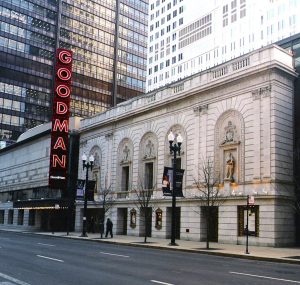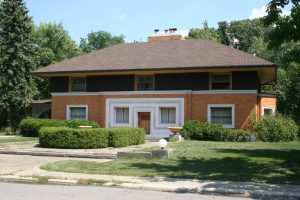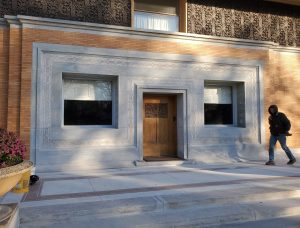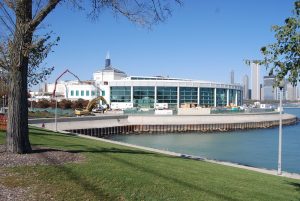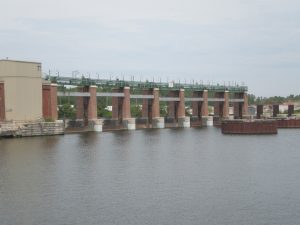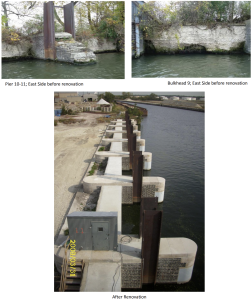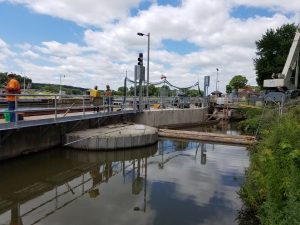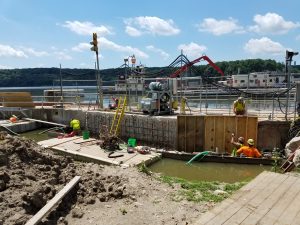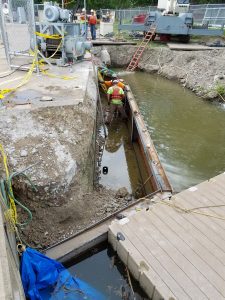Lockport Controlling Works
Scope of Work:
The project involved extensive restoration and preservation efforts at the Lockport Controlling Works Building of the Chicago Sanitary and Ship Canal, built in 1907. The restoration included the installation of a coffer dam to allow for the careful removal, repair, or replacement of existing historical granite that had fallen below the water line. Molter undertook the removal and replacement of brick manufactured to the original historic size across seven towers and one control building. Additionally, new limestone piers were installed on the front and rear of the seven towers, while original limestone elements were repaired. Concrete walls were also removed and replaced to accommodate future expansion for seven additional towers and locks, all while ensuring adherence to historic preservation standards.
Outcome:
The restoration project successfully enhanced the structural integrity and visual appeal of the Lockport Controlling Works Building while preserving its historical significance. The newly installed and repaired granite, limestone piers, and brickwork blend seamlessly with the original architecture, ensuring that the landmark retains its historical character. The improvements also provide a solid foundation for future expansion, ensuring the continued functionality of the canal system.
